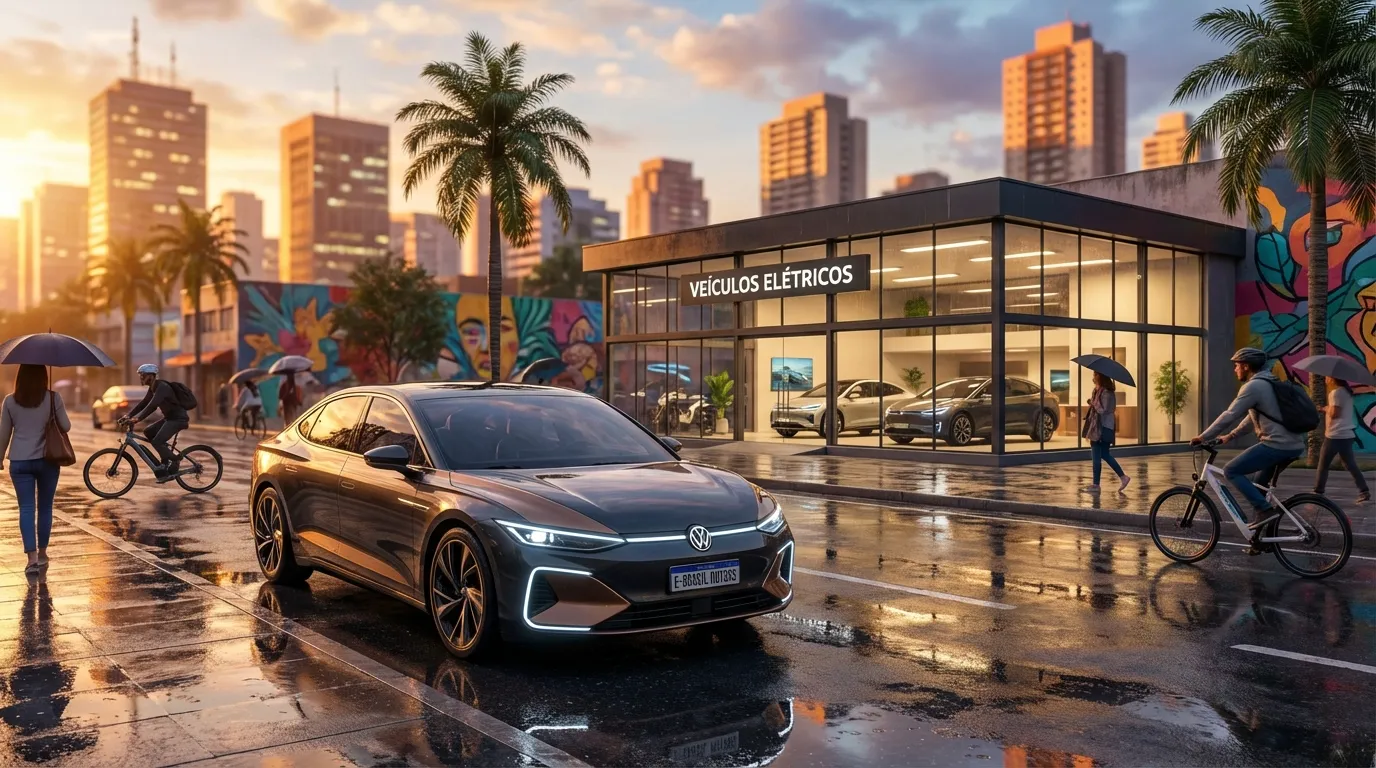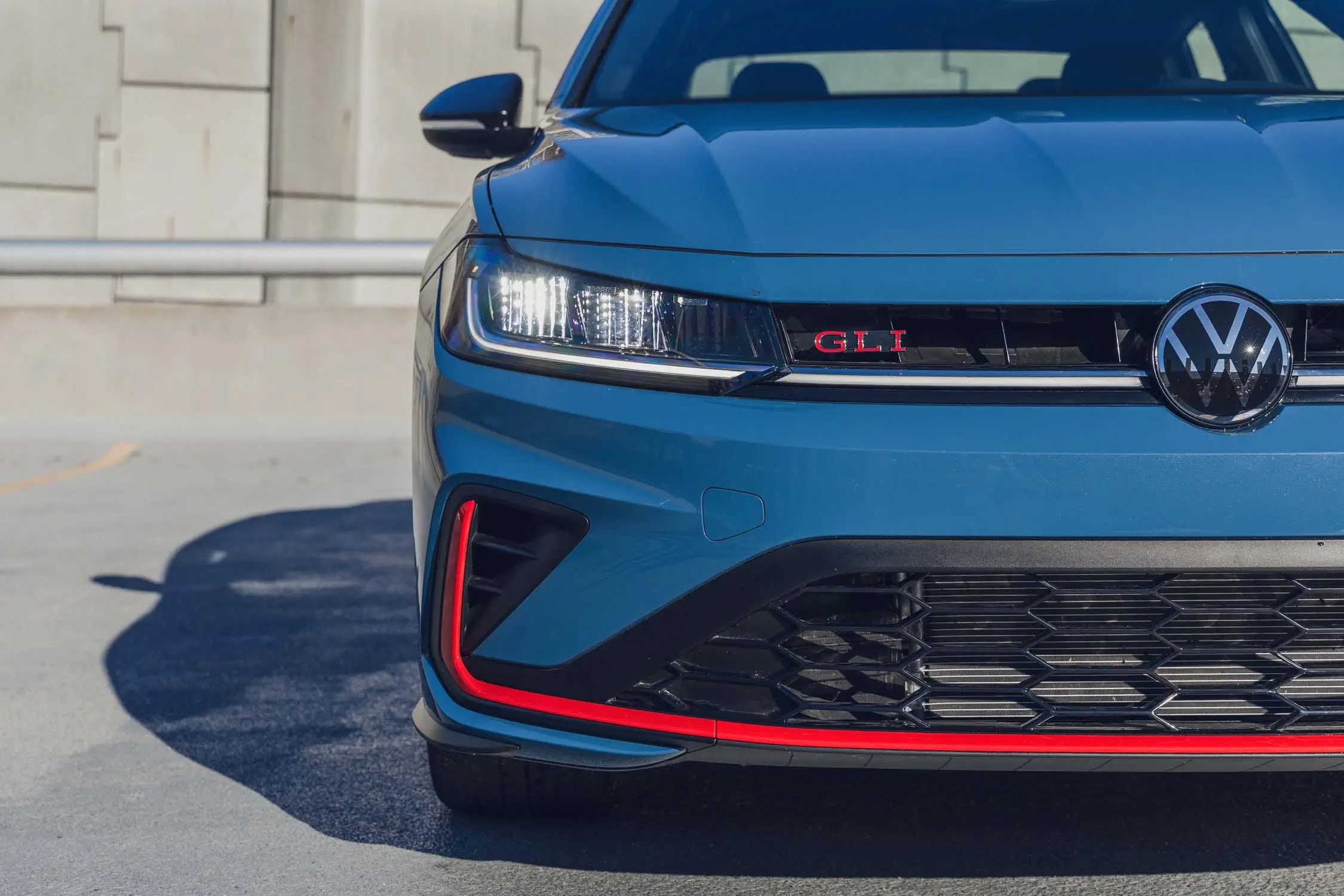The tech giant has once again proven why it is feared by traditional automakers. Xiaomi EV has started rolling out a massive update for eligible vehicles, introducing the Xiaomi HAD (Hyper Autonomous Driving) Enhanced Edition. This is not just a bug fix; it’s a fundamental rewrite in how the car “sees” and interacts with the world, utilizing reinforcement learning algorithms and a sophisticated “world model” that promises to elevate the driving experience to an almost human level.
The “Brain” Behind the Update: World Model and Reinforcement Learning
The major differentiator of this update lies in the implementation of technologies that seem like science fiction. Xiaomi has integrated a system that uses reinforcement learning, allowing the car’s AI to train repeatedly within a virtual environment constructed by what they call the “world model.”
This system works through a mechanism of rewards and penalties, simulating complex scenarios to derive the best driving strategies before even applying them on the road. It is an impressive technological leap, similar to how Google’s quantum engine, 13,000x faster, is set to revolutionize the automotive industry, seeking data processing at levels never seen before.
“The world model enables large-scale cluster management, allowing the system to simultaneously explore over 100 routes and rapidly accumulate experience across vast scenarios,” Xiaomi stated in an official release on Weibo.
With this capability to “imagine” future scenarios, the system constantly evolves, ceasing to be static software and becoming a learning assistant.
In Practice: How Does the XIAOMI SU7 Behave Now?
For the driver, this technological jargon translates into tangible comfort and safety. The enhanced version of Xiaomi HAD delivers much smoother acceleration and deceleration, eliminating the robotic “jerks” common in first-generation adaptive cruise controls.
Furthermore, the update enables:
- Decisive Lane Changes: The car hesitates less and executes maneuvers with the confidence of an experienced driver.
- Precise Recognition: Improved reading of road conditions, essential for accident prevention.
- Complex Navigation: Greater fluidity in handling both urban and highway routes.
This pursuit of perfection in autonomous driving puts Xiaomi on a direct collision course with premium European brands. We see similar movements in the West, such as when the Mercedes CLA Electric arrives in China to challenge the Tesla Model 3, showing that the war for software is the new battleground.
Training with 10 Million Clips and Industrial Milestones
The evolution of HAD was not magic; it was based on raw data. The previous version had already been trained with 10 million video clips capturing human driver behavior. This gigantic dataset served as the “school” for the AI, helping the large models acquire superior driving skills.
Parallel to the software advancement, Xiaomi is celebrating an impressive industrial milestone: the production of its 500,000th vehicle. The goal now is to deliver 400,000 units in 2025 alone. This growth reflects the global scenario where, even with import fluctuations, electric car sales are exploding to a new record, driven by technologies that justify the investment.
Despite all the progress, Xiaomi EV reiterates responsibly: driver assistance is not total autonomous driving. Drivers must remain attentive. This stance is crucial, especially as competitors also advance rapidly, such as Xpeng, which recently launched a 1,600 km hybrid that threatens the market with bold promises of range and technology.
The reliability of these electronic systems and the batteries powering them has also proven superior to expectations, confirming recent studies that the battery replacement rate is nearly zero, debunking old myths and validating the long-term purchase of EVs like the Xiaomi SU7.









